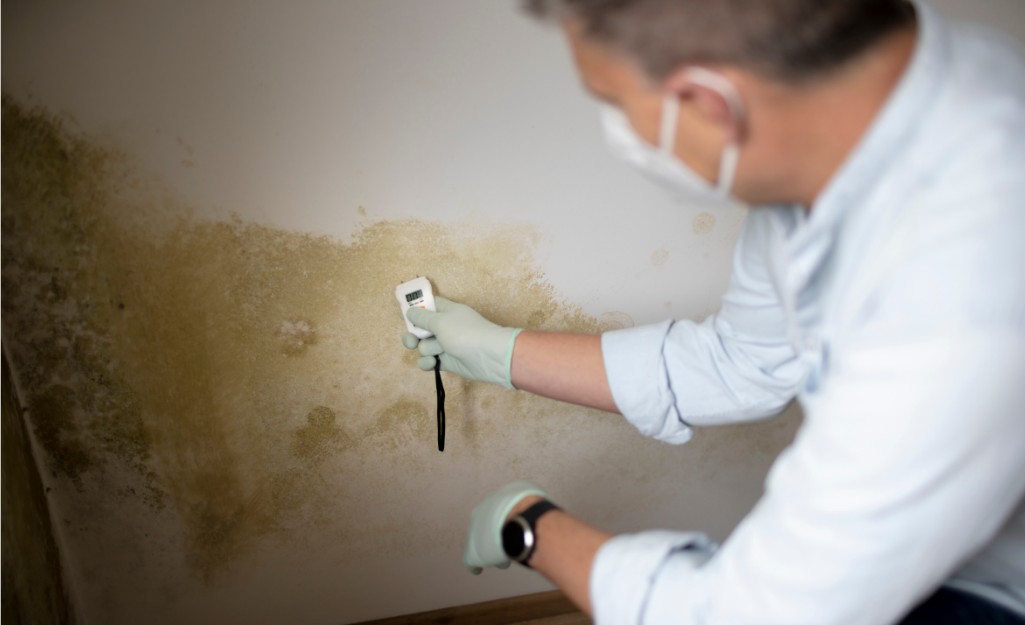We have stumbled on this great article on How to Prevent Bathroom Water Damage listed below on the net and thought it made perfect sense to relate it with you on this page.

The washroom is very susceptible for moist buildup as well as potential water damages as a result of the regular use water in it. This post provides straightforward assessment methods to aid discovering water damage threats.
The regular use of water in the shower room makes it incredibly at risk for moist buildup as well as potential water damages. By inspecting it frequently, you can reduce water relevant damages.
The complying with set of examinations is easy to execute and must be done once in every 3 months in order to keep your shower room healthy and to avoid prospective water problems triggered by the bathtub, the shower, pipe joints and plumbing, sinks, cupboards, as well as the toilet
Do not overlook carrying out these assessments and be extensive while executing them. Keep in mind that these simple assessments can conserve you a lot of money by giving early indicators for water damages
Bathtub and Shower
The shower as well as bathtub need unique attention and also upkeep. Examine the ceramic tiles as well as replace if cracked. See to it that there is no missing cement in between the tiles. Check and also replace broken caulking at joints where the wall surfaces meet the flooring or the tub. Clogged drains as well as pipelines issues will certainly stop the bath tub from drying out as well as may show serious problems below the bathtub. Seek advice from an expert quickly to avoid architectural damage. Pay attention to stainings or soft locations around the bath tub walls as they may indicate an interior leakage.
Plumbing
Signs for water damage are difficult to detect given that the majority of pipes are set up inside the wall surfaces.
Pay unique focus to flooring and wall surfaces wetness and also stains as they might indicate an invisible plumbing trouble. Examine moisture levels in adjoining spaces as well.
Sinks and Cabinets
Sinks as well as cupboards are revealed to dampness as well as moisture daily and are commonly overlooked. Inspect frequently under the sink as well as on the kitchen counter over it. Fix any drip in the trap as it may recommend drainpipe troubles. Take a look around the sink, sluggish draining pipelines might show a blocked drainpipe. Change sink seals if they are cracked or loose.
The Bathroom
The toilet is a prone water joint. Check the water lines and look for leakages around the toilet seat, in the hose pipe, as well as under the water container. If you spot any type of signs of wetness on the flooring around the toilet, check for leaks in the toilet rim and storage tank seals.
Realize that hanging toilet bowl antiperspirants raises the chances for clogs.
TIPS TO PREVENT WATER DAMAGE IN THE BATHROOM
The average household uses approximately 80-100 gallons of water per person per day. For a family of 4, that's almost 2,500 gallons of water a week! The largest portion of this consumption comes from bathroom use. Flushing the toilet uses the most water, followed by taking a shower or bath. With that much water running through the home, water damage in the bathroom is bound to happen. Knowing how to spot signs of a water leak is essential to preventing long-term damage. This guide provides you with tips to reduce the impact of water damage on your bathroom.
CAUSES OF BATHROOM WATER DAMAGE
Pipe breaks are the most common cause of water damage we see in our daily jobs. The age of a pipe plays a large role in a pipe break as well as corrosion. Over time, the metal begins to break down, allowing water to escape. Frozen pipe breaks are also a concern in the winter months. Toilet overflows caused by paper products or children flushing inappropriate items. Degraded caulking around the toilet or bathtub can allow water seepage, sometimes behind the fixture, into the subfloor or walls. Condensation forms when the water in a pipe is cooler than the air temperature. Beads of water form on the exterior of the pipes, sometimes so much so that the water begins to drip and pool below. Sink or shower backups created by poor drainage. HOW TO PREVENT WATER DAMAGE IN YOUR BATHROOM
Inspect your toilet supply line for worn or frayed hoses and replace them as needed. Winterize your plumbing to prevent a frozen pipe break. Use vent fans to prevent condensation that can lead to mold growth. Routinely check and replace degraded caulking around your toilet or bathtub. Increase the temperature in your toilet tank and insulate your pipes during the warm summer months to keep condensation from forming. Use child safety locks on the toilets. Flush only toilet paper. "Flushable" wet wipes are actually not good for your plumbing system. Additionally, feminine hygiene products should not be flushed. Prevent water from escaping the tub or shower. Make sure shower curtains are in good condition. Inspect shower doors and replace the seal strip if necessary. Wipe up any water that accumulates on the floor and use bath mats. Water left to sit can cause damage to the tiles and flooring. Refrain from using bath products containing heavy oils to avoid a clogged drain.

I found that page about Preventing Water Damage in the Bathroom while doing a lookup on the web. Sharing is good. Helping people is fun. Bless you for your time. Don't forget to visit our website back soon.
Prices & Booking